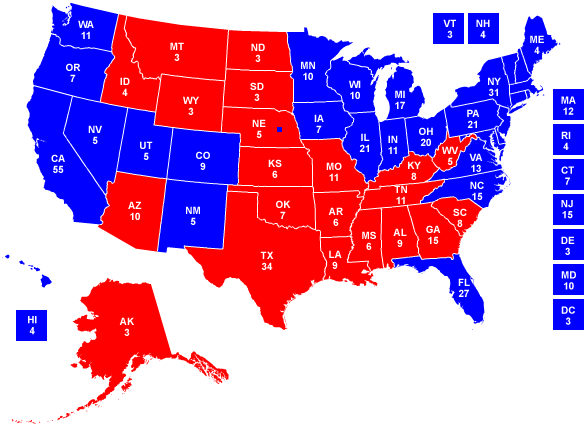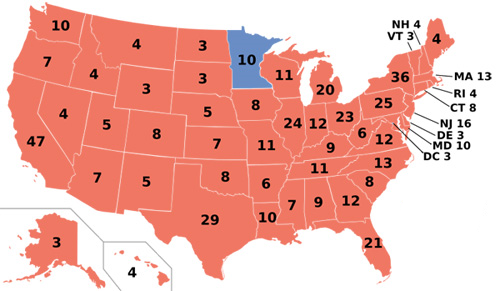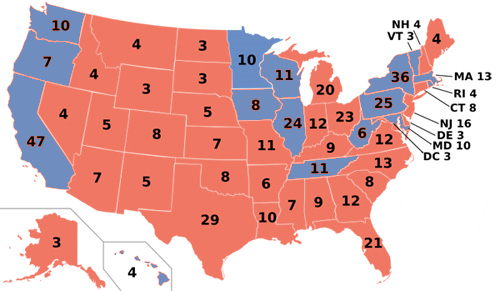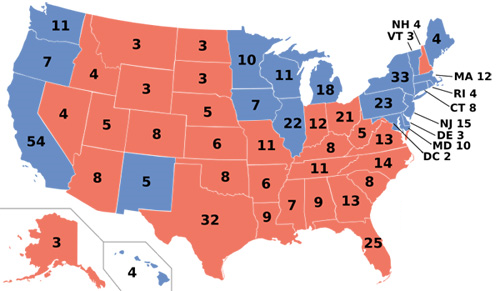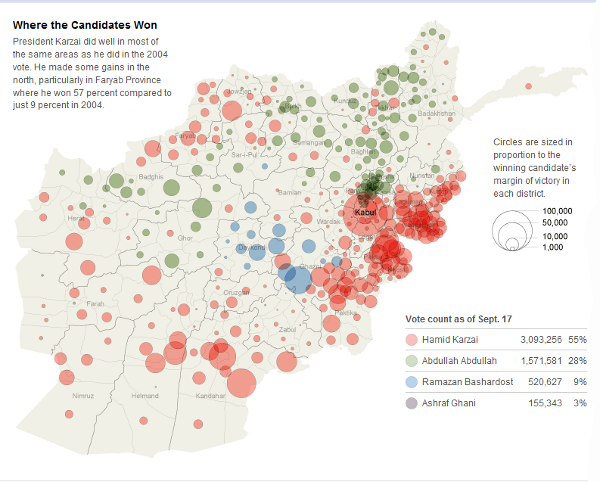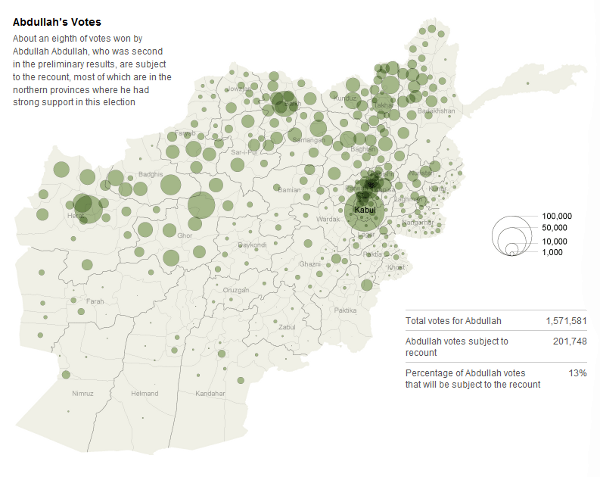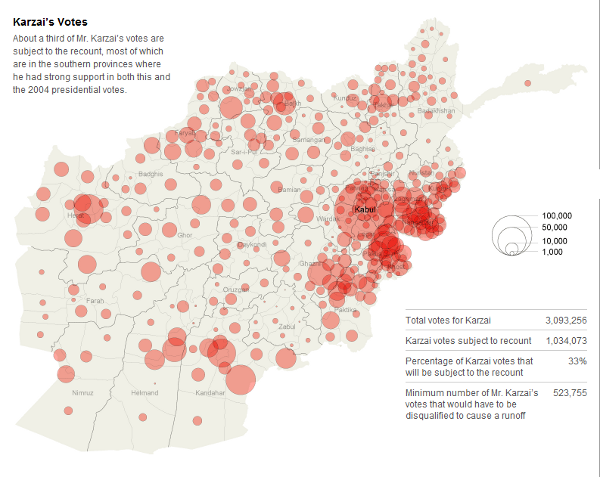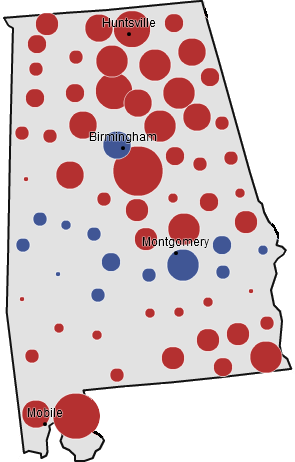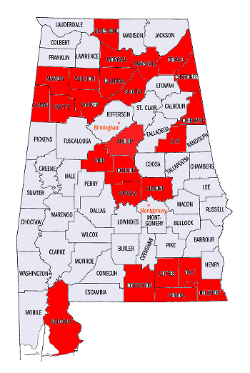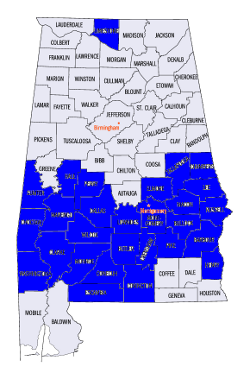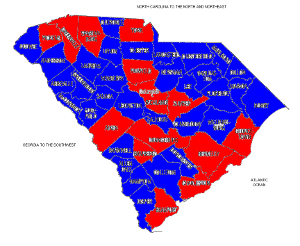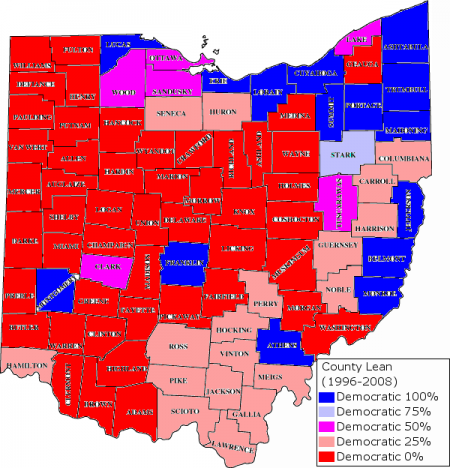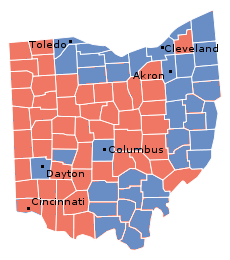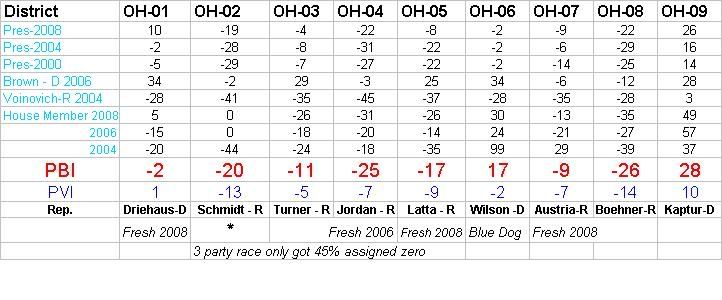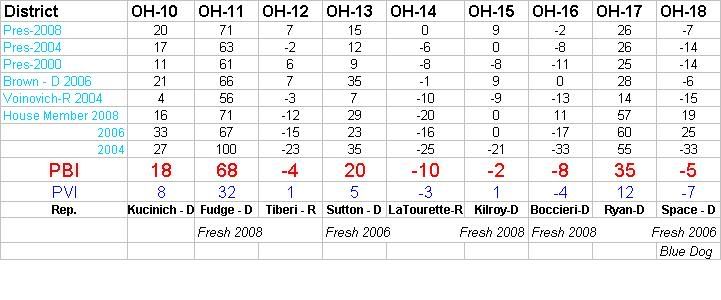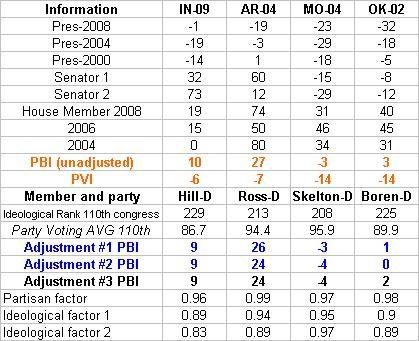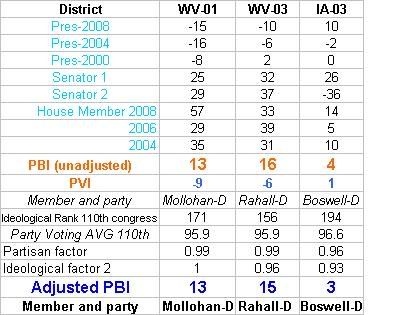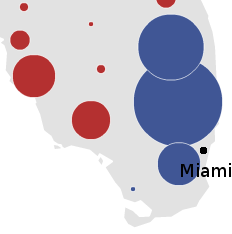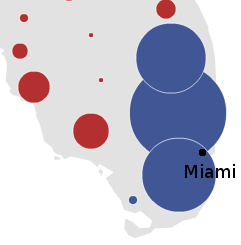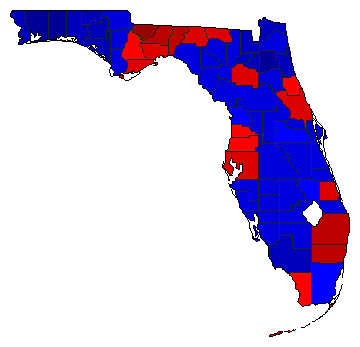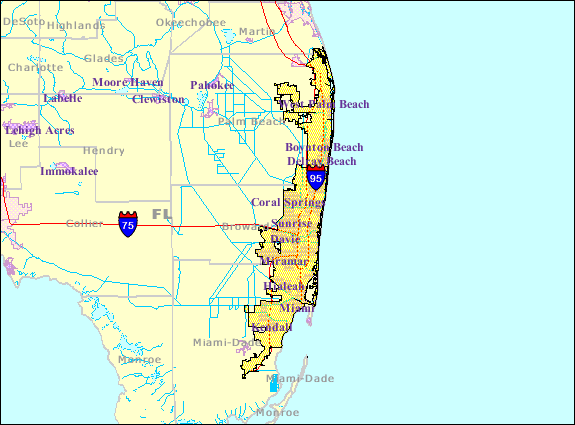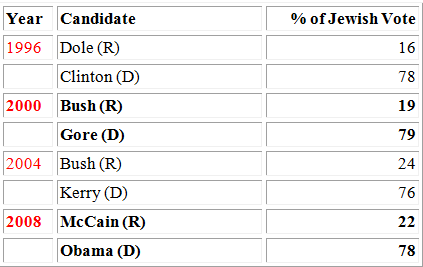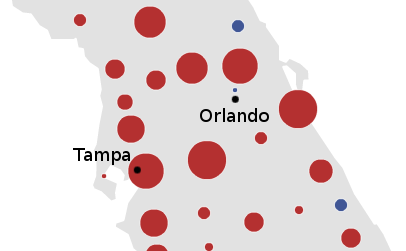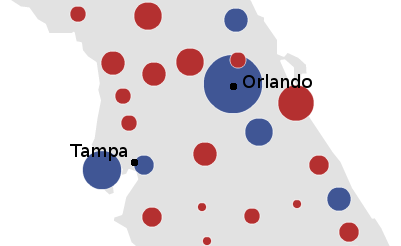By: Inoljt, http://thepolitikalblog.wordpr…
Democratic candidates in Utah must feel as if they’re facing an impossible task. The state is often considered the most far-right Republican stronghold in the United States. Winning Utah is akin to slaying a mighty dragon with only a bow as one’s chosen weapon.
Like all dragons, however, Utah has a weak spot. The year 2012 may be a ripe time for Obama to shoot an arrow through it.
The majority of Utah’s voters are Mormon; the religion is a heavy influence on daily life in the state. The vast majority of Mormons are also conservative, because Mormonism is an inherently conservative beast. In every presidential election so far, Mormons have proved to be strongly Republican.
Mormons like to think of themselves as average, normal Americans. They’re good people. They help with the community. They love their children and teach them traditional values. Nobody cares if they have a different religion.
Except many people do care very much indeed, especially the type of person who tends to vote Republican. Many would never vote for a Mormon.
Imagine the following scenario, below the flip.
Mitt Romney decides to runs for president in 2012 and starts as the front-runner. The race quickly narrows down to Romney and another Republican – perhaps a Huckabee-type figure. Romney’s Mormonism becomes a strong undercurrent and then explodes into the media spotlight, much like race did in the 2008 Democratic primary. It becomes clear that Romney is losing support because of his religion; eventually he loses the primary and ends up faintheartedly endorsing the Republican nominee. The good folk of Utah, angered by Romney’s treatment, turn out in drastically reduced numbers during the general election. Many vote for Obama – enough that, in an election he’s winning by 10% or so – he barely takes the state.
An unlikely scenario? Not really. First, Romney seems nearly certain to run in 2012; even now he is running a shadow campaign. In 2008, Mormonism was a strong undercurrent; Romney even gave a speech on his religion. There is no reason to think why it wouldn’t be in 2012. I doubt Mitt Romney will win the nomination in a competitive race; apart from his Mormonism, he is a terrible politician who lost all the important states in the 2008 primary (except for Michigan, which he won by promising to bring back jobs that will never come back).
On the other hand, its not certain that the media will pick up on the Mormon issue. And Republicans are strong enough in Utah that they might still win the state, even if all the above did occur.
Then again, Obama won Indiana when everybody said it couldn’t be done. Moreover, in 2008 he made strong gains in Utah, improving by 18% from John Kerry’s performance. Partly, this is probably because Obama is very popular in the West.
And maybe, just maybe, the Mormon factor had something to do with it.
